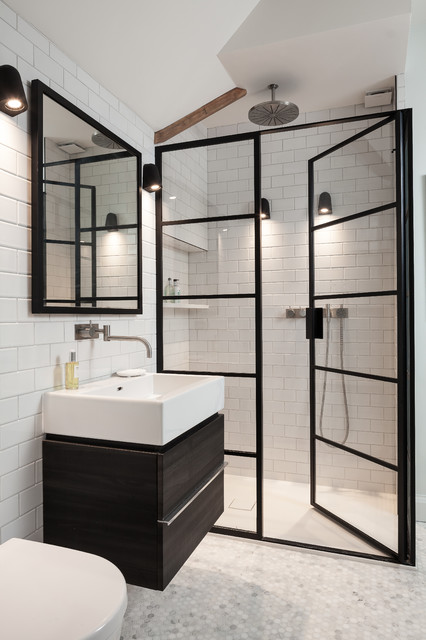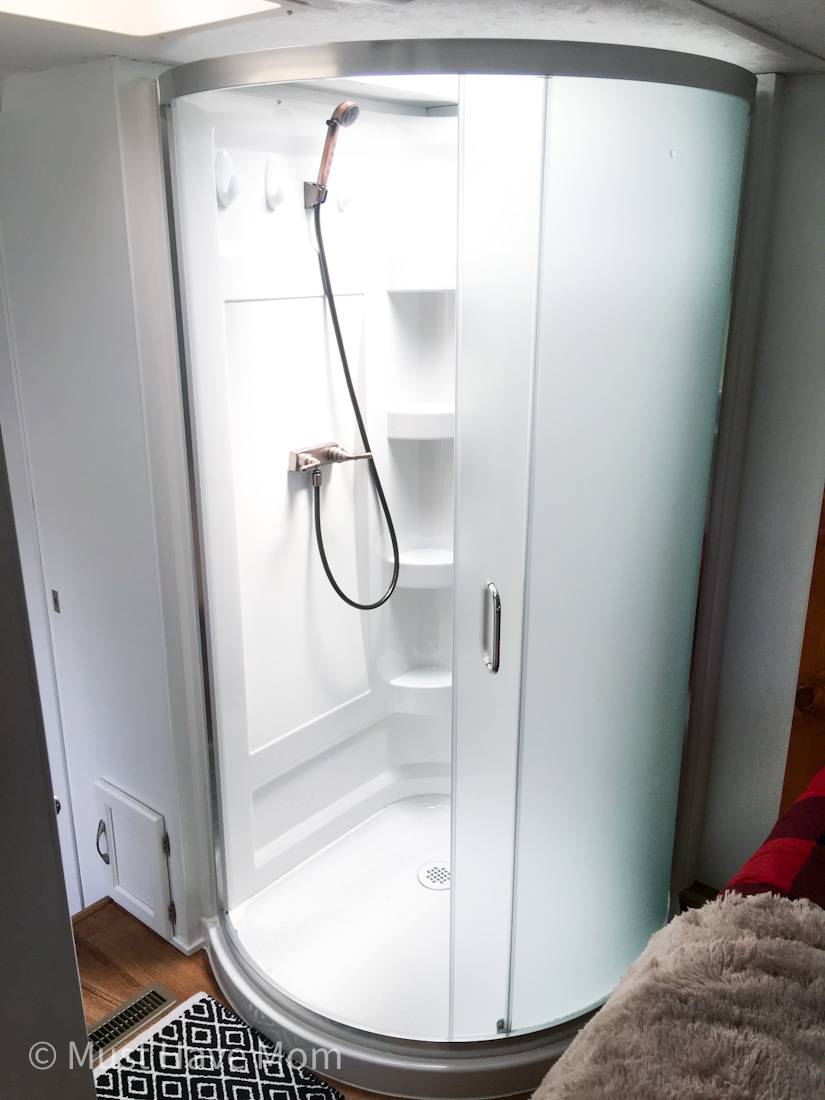The article author is making a few great points on How to Install a Freestand in general in this article down below.

An effective shower installment requires mindful preparation as well as a lot of job. Most of the times, you will certainly need to do 3 types of jobs: mounting walls, setting up the plumbing, as well as completing wall surfaces.
Preparation
Firstly, you should select the sort of shower that you desire to set up. It is essential to ascertain whether the selected shower is capable of handling specific systems and can regulate a risk-free level of water through the central heating boiler. Many shower devices nowadays are designed to be versatile to various water pressures (such as kept warm water and also cool keys).
It is also essential to think about the water stress as well as the preparation of the piping and water drainage for the shower
Various Sorts Of Shower Units
- Push-on Mixer: The pipe and also spray parts of the push-on mixer shower system can be linked to the bathroom tap as per your requirement, and the water temperature level can be readjusted by means of the taps. Push-on mixers are cheap and extremely simple to mount. Nevertheless, although the pipe link is easy, it is conveniently removed. Furthermore, it is troublesome to change the temperature.
- Bath/Shower Mixer: The hose pipe and spray of this sort of shower are integrated with a bath mixer tap, and also the temperature level can be adjusted via the bathroom taps. It is a very low-cost alternative as well as no additional plumbing is included. However, the bath/shower mixers also suffer from inconvenient temperature control alternatives.
- Handbook Mixer: The tube and also spray of a manual mixer shower device belong of the wall surface unit and the hot and cold water products are attached to a single shutoff The temperature and stress of the water are controlled with either one or a variety of handles (in more costly showers). Although temperature level control is a lot easier in hands-on mixer kinds, they are a lot more pricey than the previously discussed mixers. They additionally call for extra plumbing of hot and cold water supply pipelines.
- Thermostatic Mixer: The tube and also spray of this shower type belong of the wall unit as well as the hot and cold water materials are attached to a single valve here as well. It is total with an integrated stabiliser to self-adjust the water temperature and also to prevent it from becoming too warm. Among the greatest benefits of a thermostatic mixer shower kind includes hassle-free temperature level control. Nevertheless, it is one of the most costly of the various mixer alternatives.
- Power Shower: A power shower is a solitary unit including a powerful electrical pump that is capable of modifying both the water stress and also temperature. This kind of shower can be fitted if there is water supply from a cold water tank and a warm water cylinder. A power shower makes the change of both pressure as well as temperature easy. On the other hand, it disagrees for water heated straight by the shower or where the water is provided by a mix boiler under keys pressure.
- Electric Shower: An electric shower is plumbed into a keys cold water supply as well as it heats up the water electrically. It is necessary to note that for this shower type to be set up, the keys pressure needs to be at the very least 0.7 kg/sq centimeters (10lb/sq in). The device allows the temperature level as well as pressure to be changed by means of a knob. Designs with temperature stabilisers are better as they stay untouched by other taps elsewhere being used within the family. A significant downside of electric showers is that the control handle just permits the option of high temperatures at less stress, or reduced temperatures at a greater pressure. This is problematic in the winter when the spray is commonly weak as well as the mains water is chillier. Nonetheless, this trouble is tackled in some versions which are available with a winter/summer setup.
Technique
Relying on the type of shower you desire to install, the shower head need to either be fitted in order to avoid its contact with the water in the bath listed below or the base tray, or it has to have a check shutoff.
Before beginning, it is recommended to note the positions of the shower head and also control, and also to prepare the pipe-work included. In addition, the drain system to remove the waste water will need to be prepared. Both positions of the wire route as well as the shower switch will certainly likewise need to be thought about if an instant or electric shower system is being installed.
Use the instruction guide supplied with the shower unit to fit the shower control.Before suitable the pipes that will supply the water to the shower system, it is essential to cut off the water. In order to secure the pipes, they should be offered a water-proof covering as well as likewise fitted with separating valves. The pipes can then be hidden right into the wall surface and plastered over to neaten the overall look.
Fit the base tray, shower head, and fittings.
Attach the main shower control to the pipelines that will certainly be providing the water (This might require a women screw string adapter).
Reconnect the supply of water as well as test the pipes for any leakages, as some may require tightening up.
If you are mounting an electrical shower, keep in mind to switch off the electrical power supply before making any kind of electrical links. Once these links have been made (there need to be support within the instruction manual), the power supply can be switched back on.
Changing Water Stress to Suit Your Shower
The cold water storage tank can be lifted to a higher elevation (sometimes as little as 150mm (6inches)) by fitting a strong wood support below it - possibly composed of struts and blockboards. If you choose this option, the primary as well as distribution pipes will additionally need to be elevated to fulfill the brand-new elevation of the storage tank.
Conversely, a booster pump (a single pump or a dual/twin pump) can be fitted. Whichever type is chosen, it must be attached right into the power supply in order to operate.
Piping and Drainage
It is best to make use of 15mm size supply pipes, and make the go to the shower as brief as well as straight as feasible so regarding preserve maximum stress and minimise heat loss. In addition, by reducing the use of elbows for pipeline corners, you can reduce the resistance in the circulation of the water. You can accomplish this by flexing the pipes rather.
Most Typical Blunders
- Breaking or overlooking local code restrictions.
- Using pipes that are as well tiny.
- Attaching copper to galvanized without utilizing a brass or dielectric fitting between both.
- Not using tape or pipe compound at threaded joints.
- Not leveling your components when installing them.
- Not installing an air void filling for components.
- Cutting supply stub outs as well brief to install the shutoff valves onto after the finished wall surface remains in area.
- Not correctly lining up tubing into installations or quit shutoffs. (Compeling the nut onto the compression ring at an angle when the tubing is at an angle will certainly trigger a leak.).
- When transforming the water back on in your house, always run the outdoors hose pipe shutoff or flush your commodes to bleed dirt as well as air from the lines. This particles can trigger problems in your sink taps as well as various other plumbing trim.
How Do You Install a Shower? Follow This Guide
Installing a Shower at a Glance
- Tools & Materials: Level, electric drill, caulk, hole saw, cedar shims, shower unit
- Step 1: Drill pilot holes
- Step 2: Prep fixture holes
- Step 3: Move unit into place
- Step 4: Caulk corners and base
- Step 5: Attach door
- Step 6: Install shower pan
Whenever plumbing is involved in a DIY project, people worry about what might go wrong. The truth is that installing a shower isn’t that complicated, and you can save a lot of money by doing it yourself. You shouldn’t need to make any alterations to your plumbing to complete the job, and most of the tools you need will be provided in your new shower kit.
Can I Install a Shower Myself?
Even if you’ve never installed a shower before, you’ll find this to be a project that is perfectly suited for DIYers with a moderate level of experience. Whether you're doing a bathtub conversion or installing a new stall, most of what you need comes in shower kits that you can purchase from a hardware store. The first thing you need to do is determine what type of shower stall you want.
Single-panel stalls are the easiest to install because they come preassembled. All you need to do is put them in place. Multi-panel showers require a few additional steps, but you’ve got more control over the appearance of your unit. Multi-panel units are also much easier to handle if you’re going to do the installation without any help.
Be sure to take all appropriate safety precautions, such as wearing eye protection and gloves. When you’re removing or installing a shower unit, you might kick up debris that could hurt your eyes. You’ll also need to work with equipment that will get extremely hot, so be sure to have safety gloves handy.
Tools and Materials
- 2- to 4-foot level
- Electric drill with a 1/8-inch drill bit
- Caulk
- 2-inch hole saw
- Cedar shims
- The unit itself
Before You Begin: Prep the Space
It’s highly important to measure your space accurately before putting the stall in. Measuring from the floor upward and from each corner outward will ensure you’ve got the right measurements. What you’re looking for is where the plumbing apparatuses are going to come through the stall. Transfer these measurements over to the back of your unit by drawing the locations of these holes using a pencil or marker.
Pull out your old shower and make sure to scrape off all the old caulking. Be thorough because you want to work with smooth surfaces for the best installation. Once you’ve pulled out your existing shower, you need to make sure that the floor is clean and dry. The best way to clean debris is with a shop vacuum, as it’ll soak up water and dirt together.
If you’re experiencing any plumbing issues, such as low water pressure, this is a perfect opportunity to solve them. Make sure that the pipes themselves are not in need of patching and clean your showerhead. When you turn the water back on after your project, check the pipes for signs of wear or disrepair. Anything beyond minor repairs should be handled by a plumber, and this is the best time to bring in a professional.
If the floor has any moisture at all, don’t proceed until it’s completely dry. The last thing you need is for the floor to rot or invite mold and mildew into your base. Once everything is dry, apply waterproof wallboard to the walls. This can be attached with screws or nails, then sealed with caulk so that water doesn’t seep into any crevices.

I found that blog entry on How to Install a Freestand while exploring the web. Sharing is good. You won't know, you will be helping someone out. Thanks a lot for going through it.
Call Today
Comments on “Novice Guide to Installing a New Shower Unit”